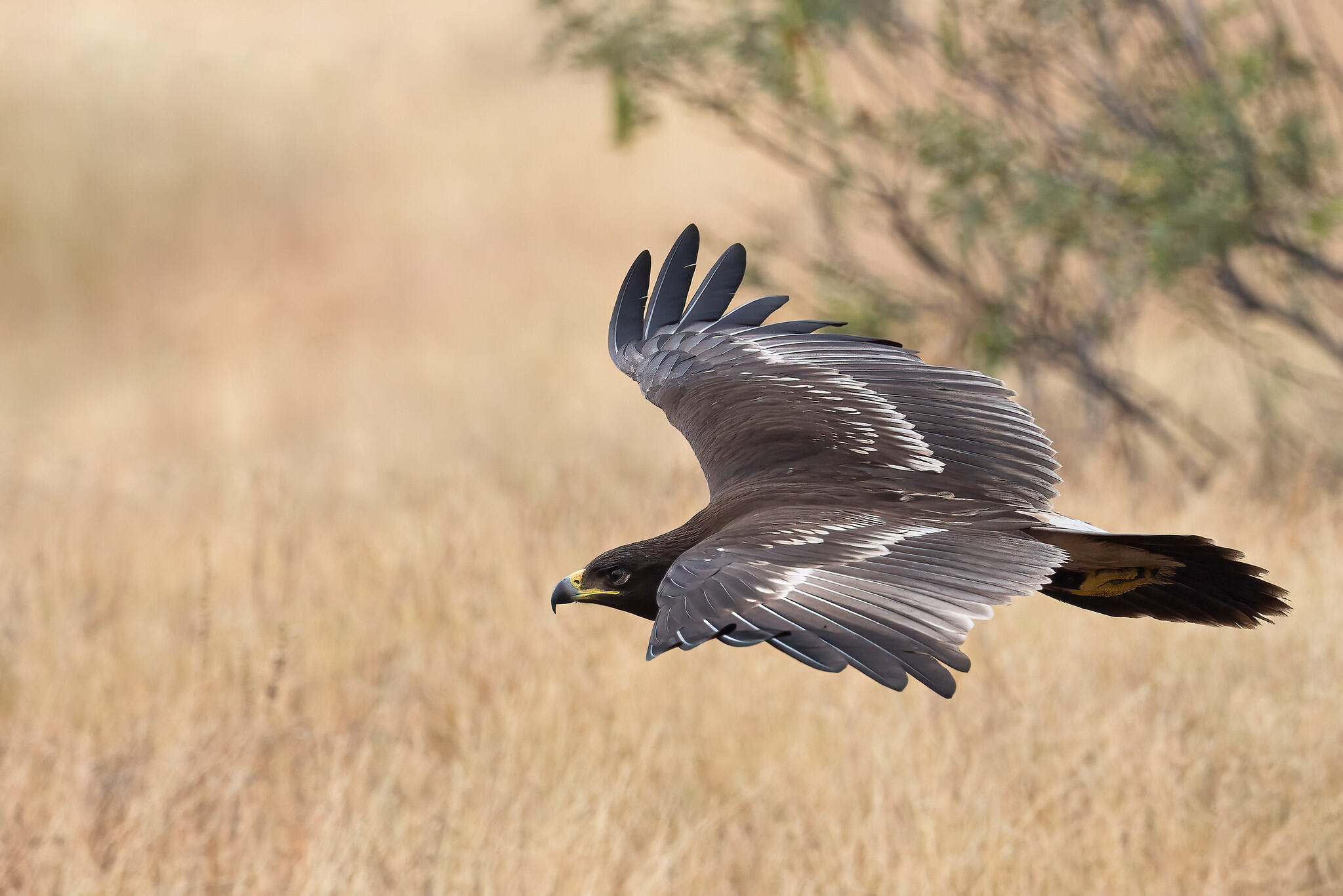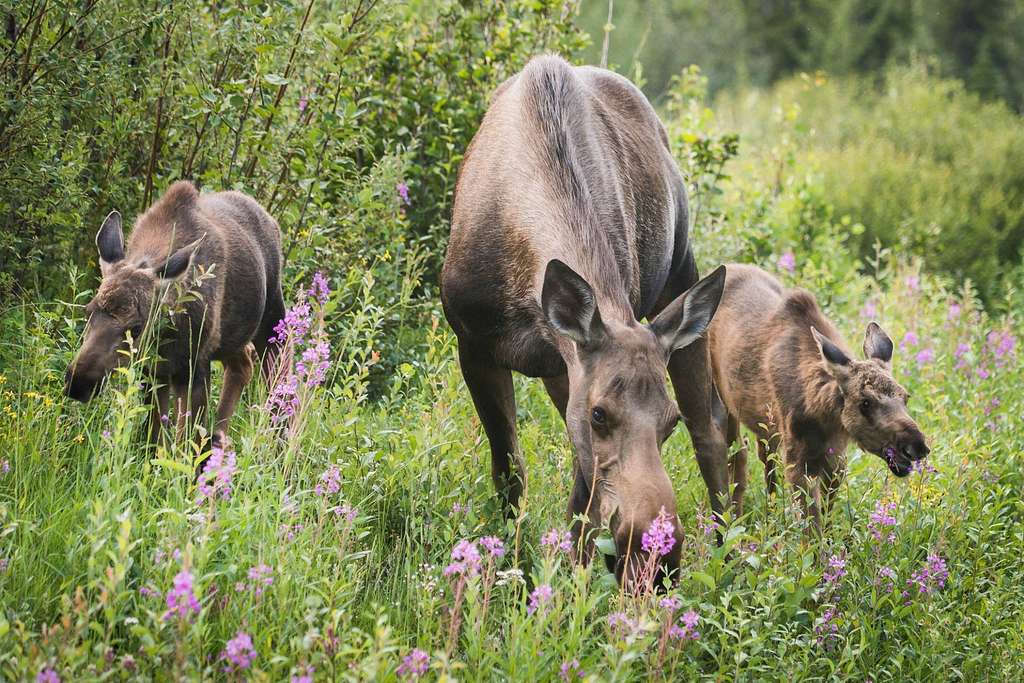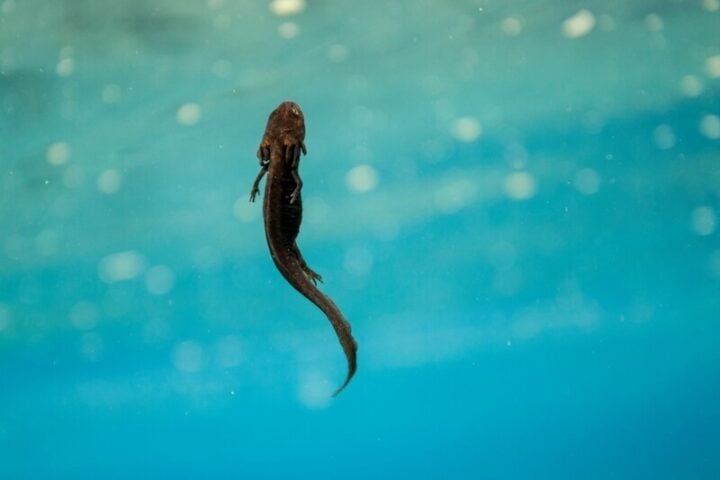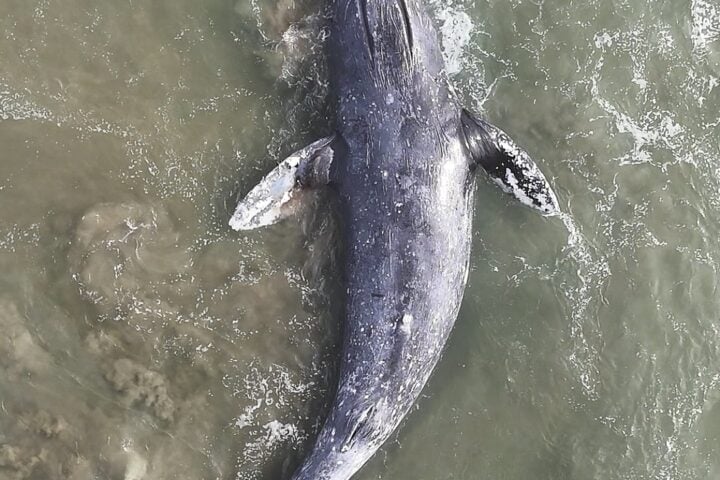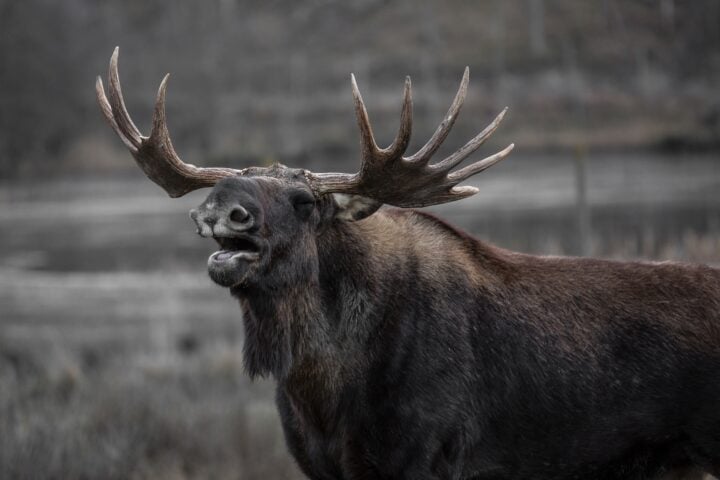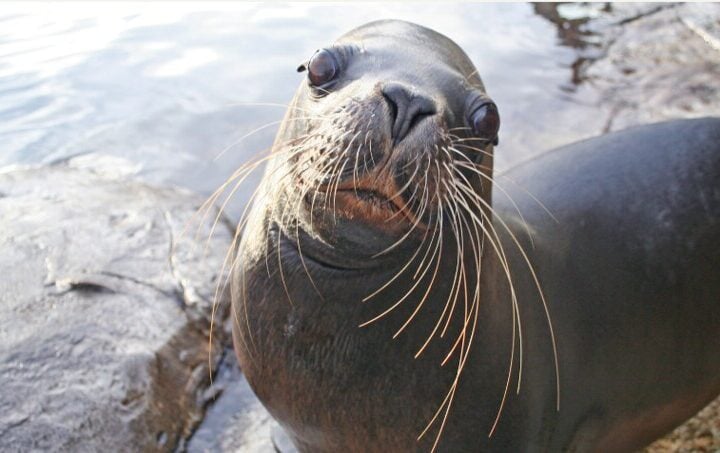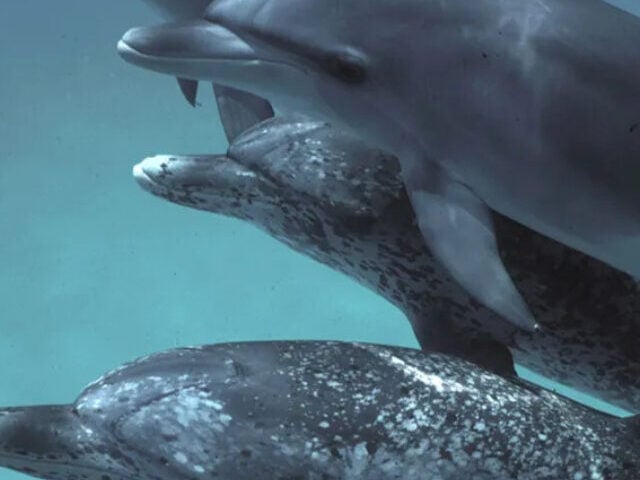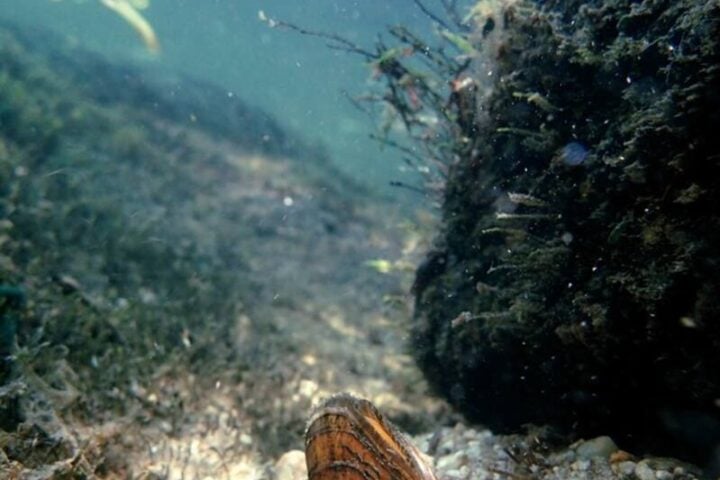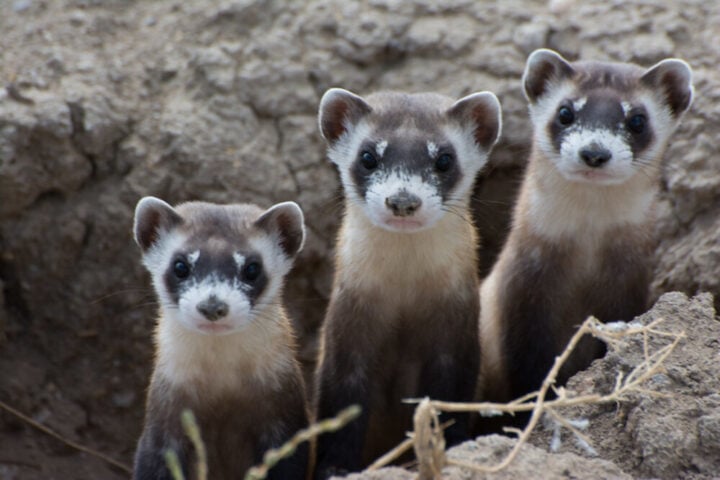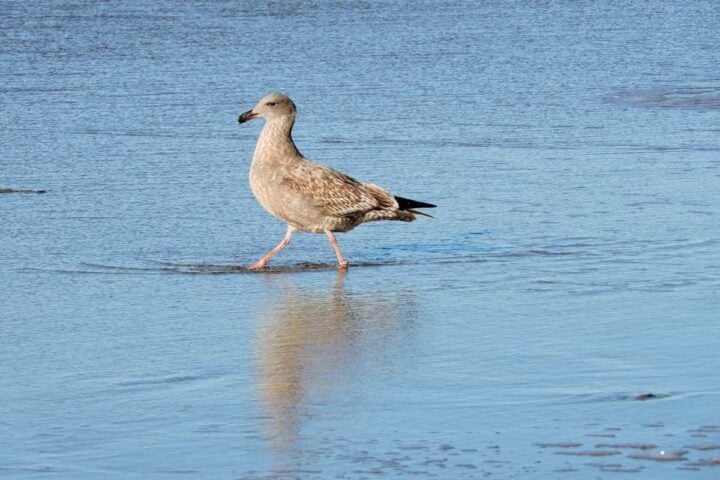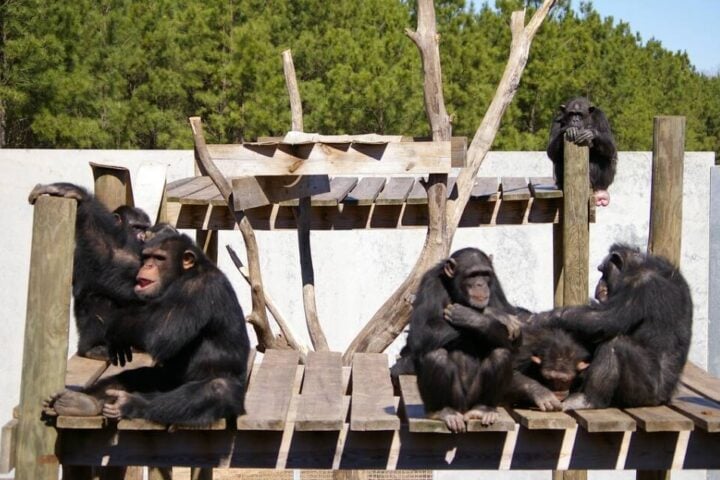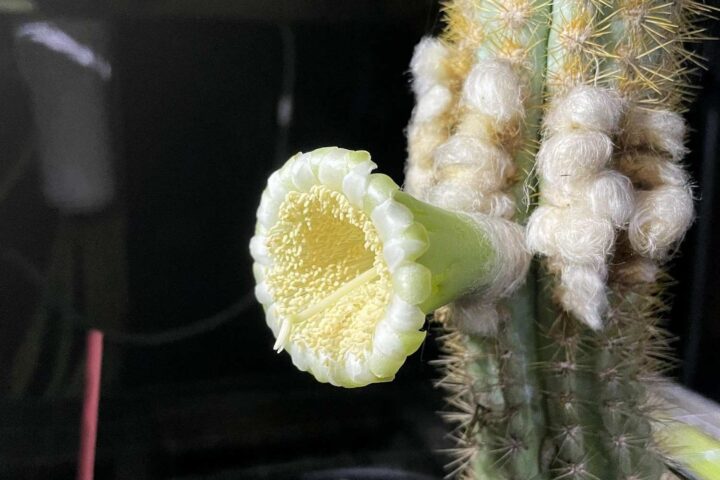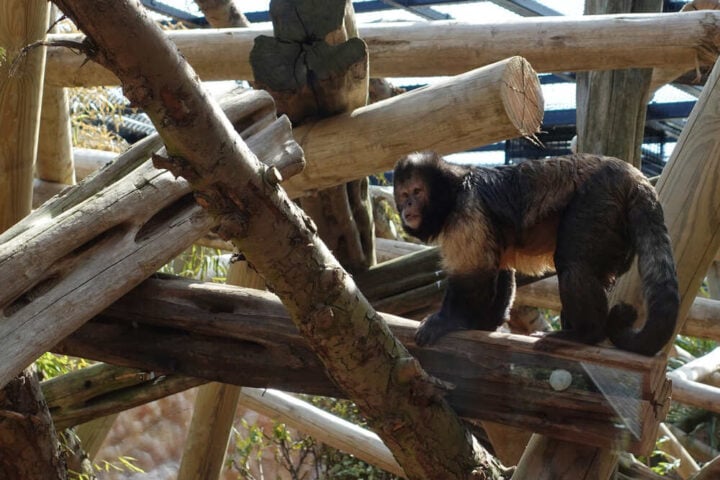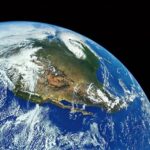An international team of researchers studying the migration of the spotted eagle through 19 specimens marked with GPS since 2017 has observed how this vulnerable bird of prey has changed its migratory and reproductive habits as a result of the war in Ukraine.
The findings, published in the journal Current Biology, reveal that since Russia’s invasion of Ukraine on February 24, 2022, the spotted eagle has diverted from its traditional migratory route of previous years and arrived later at its nesting area. During their journey from their wintering areas in southern Europe (especially Greece for females) and eastern Africa (for males) to their breeding areas in southern Belarus, the spotted eagle specimens would stop in Ukraine between March and April to rest, feed, and drink water.
However, the authors observed that in 2022, shortly after the war began, the 19 specimens marked with GPS either stopped for less time than usual in Ukraine or completely avoided passing through to escape disturbances caused in their ecosystems by artillery, aircraft, tanks, and other weaponry, as well as the continuous movements of soldiers and civilians. Avoiding Ukraine led them to travel further, averaging about 85 kilometers more than in previous years, and arriving at their nesting areas later than usual. Thus, the 2022 migrations took 246 hours for females, compared to an average of 193 hours before the conflict; and 181 hours for males, compared to 125 hours before the war. The males also traveled more slowly than in the years before the war.
The authors believe that the greater effort to reach the nesting areas may have affected their physical condition at the time when they need to be in the best shape for successful breeding. Of the 19 marked birds, only 6 (30%) stopped to rest and feed in Ukraine in 2022, compared to the 18 that usually did so each year during the period 2018-2021. In one of the usual stopover areas for the spotted eagles, the wetlands of Ukrainian Polesia, they never stopped in 2022.
“These types of disturbances can have significant impacts on the behaviour, and potentially fitness of the eagles. For individuals breeding in these areas, or other species that are less able to respond to disturbance, the impacts are likely to be much greater,” says one of the authors, Charlie Russell, a researcher at the British University of East Anglia. Although all the marked birds survived, the researchers suspect that their experience as a result of changing their migratory habits may continue to affect them. “findings show the potentially wide-ranging impacts of conflicts on wildlife, which is important as many biodiversity hotspots are in politically volatile countries,” the study highlights. “Migratory birds such as Greater Spotted Eagles are drastically declining all over the world and it’s imperative that we better understand and mitigate our effects on these charismatic species,” concludes another of the authors, Adham Ashton-Butt, a researcher at the British Trust for Ornithology.
Researchers from the Estonian University of Life Sciences, East Anglia University (UEA), and the British Trust for Ornithology (BTO) in the UK published their findings in an article in Current Biology. The team of scientists had been studying the species before Russia’s invasion of Ukraine began in February 2022. Before the war, the dangers faced by the eagles were related to adverse weather, droughts, and the destruction of essential habitats, among others. They discovered that during the occupation, the eagles were exposed to conflict events such as artillery fire, jet planes, tanks, and other weapons during their journey through the country in March and April. “Our findings show how human disturbance can inadvertently impact wildlife,” added Dr Adham Ashton-Butt, Senior Research Ecologist with BTO. “Migratory birds such as Greater Spotted Eagles are drastically declining all over the world and it’s imperative that we better understand and mitigate our effects on these charismatic species.”
Similar Posts
Researchers compared the current migratory behavior of the eagles with data from previous years as the birds traveled between their wintering areas in southern Europe and their key breeding areas in southern Belarus. The results showed that the spotted eagles avoided their usual stops in Ukraine, forcing them to travel longer distances and arrive later at their nesting destinations. This change in migratory pattern can severely affect the physical condition of the birds, which is crucial for successful reproduction.
“Remote tracking of wildlife enables researchers to understand the impact of human activities, such as hunting or energy infrastructure, on the environment and wildlife populations. In this case, it is providing insights on how armed conflict events impact animal behaviour and migration,” said Co-author Dr Aldina Franco, from UEA, who develops technologies for animal tracking. “Collecting this data is limited by the logistical implications of working in these areas and previous research has been limited to resident birds in military training zones. However, our tracking data gives us a unique window into how migrating eagles experience and respond to intense conflict,” she concluded. One of the main factors was the hostile environment caused by tanks and heavy weaponry present on their usual flight route, demonstrating the potential impact of armed conflicts on wildlife. This is particularly concerning as many biodiversity hotspots are located in politically unstable regions.
